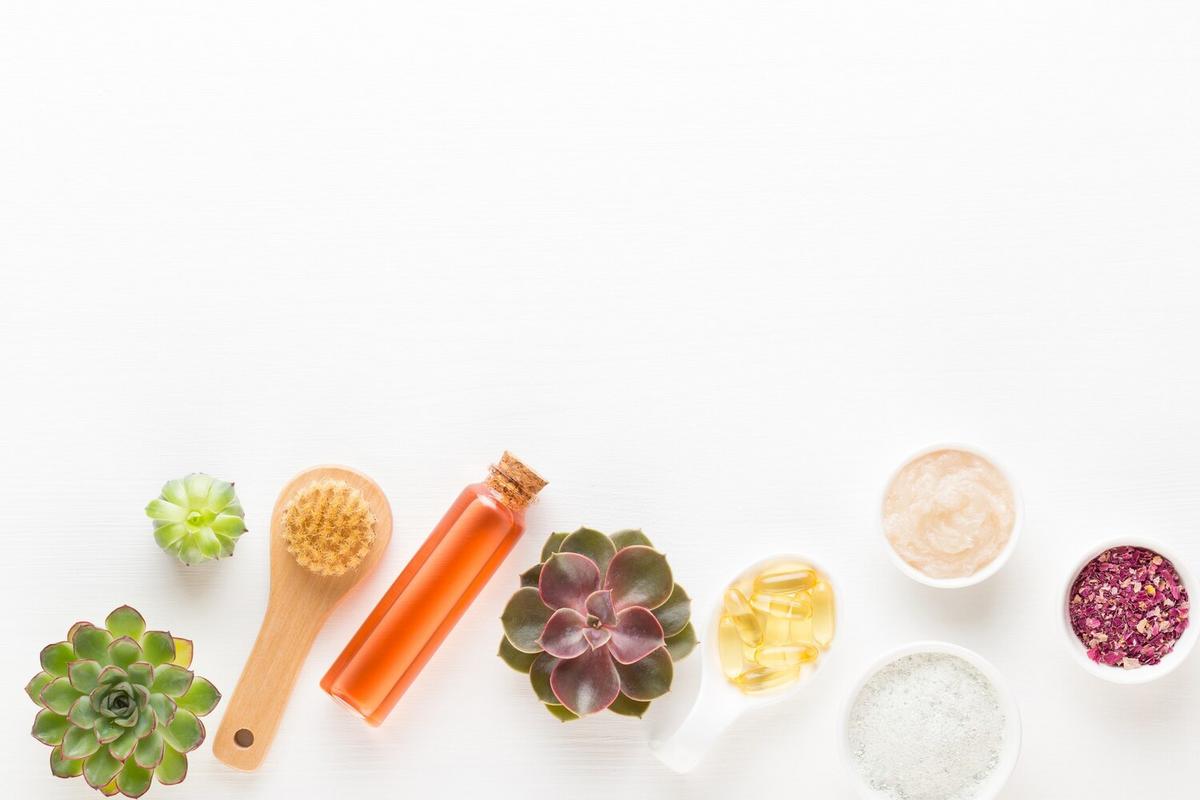
DIY Skincare: Creating Homemade Products for a Greener Routine
In an era where sustainability is pivotal, many beauty enthusiasts are turning to DIY skincare as a means to embrace a greener routine. This approach not only minimizes environmental impact but also allows for personalized, natural treatments that nourish the skin.
Why DIY Skincare?
Crafting your own skincare products at home is both an eco-friendly and rewarding experience. By using natural ingredients, you eliminate the need for harsh chemicals often found in commercial products. According to a report by EcoWatch, the average person could save up to 25% on skincare costs by opting for homemade alternatives.
Expert Insights
Dermatologist Dr. Emily Richards highlights, “Homemade skincare allows individuals to tailor products to their specific skin needs, reducing the risk of irritation and allergic reactions.” This personalized approach can lead to healthier and more radiant skin over time.
Statistics and Findings
Research from the Organic Consumer’s Association indicates that DIY skincare can reduce plastic waste significantly, as beauty product packaging accounts for a large percentage of landfill waste. Embracing DIY methods can be a step towards a zero-waste lifestyle.
Personal Experience
When I first embarked on my DIY skincare journey, I discovered how simple it was to create effective products using ingredients like aloe vera and coconut oil. These natural components not only suited my sensitive skin but also left a smaller ecological footprint.
Actionable Tips for DIY Skincare
- Start Simple: Begin with basic recipes like a honey and oatmeal face mask.
- Use Fresh Ingredients: Opt for organic and fresh ingredients to ensure product efficacy and safety.
- Patch Test: Always test new formulations on a small skin area to check for reactions.
- Store Properly: Use sterilized containers and keep products in cool, dark places.
Consider creating a skincare diary to track your skin’s reaction to different ingredients and recipes. This can help refine your DIY creations over time.
Comparison Table: DIY vs. Commercial Skincare
| Aspect | DIY Skincare | Commercial Skincare |
|---|---|---|
| Cost | Lower | Higher |
| Environmental Impact | Minimal | Significant |
| Customization | High | Low |
| Ingredient Control | Full | Limited |
| Allergy Risk | Lower | Higher |
| Preservatives | None | Common |
| Packaging Waste | Minimal | High |
| Time Investment | Higher | Lower |
FAQs
Can DIY skincare be as effective as commercial products?
Yes, with the right ingredients and formulations, DIY skincare can be equally effective.
What are some essential ingredients for DIY skincare?
Common ingredients include aloe vera, coconut oil, honey, and essential oils.
How should I store my DIY skincare products?
Store them in sterilized containers in a cool, dark place to maintain freshness.
Conclusion
DIY skincare is a practical and eco-friendly approach to maintaining a healthy beauty routine. By creating your own products, you gain control over what goes onto your skin while contributing to a more sustainable world. Start with simple recipes, experiment with ingredients, and enjoy the benefits of a greener beauty regimen.